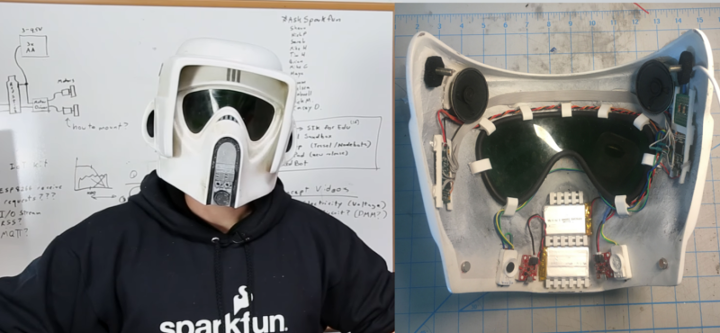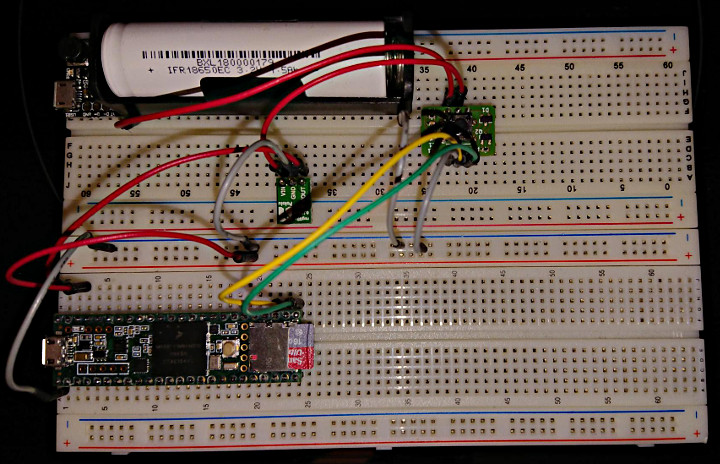CryHam developed the KC (Kacey) Keyboard controller with a TFT touch display.


This nifty controller allows you to remap USB key codes to physical keys in real time and also includes an editor for mapping useful functions such as macros, passwords and mouse commands.
You can find more detailed information on KC Controller Crystal Hammer’s project page.
Code for the project is available on GitHub


